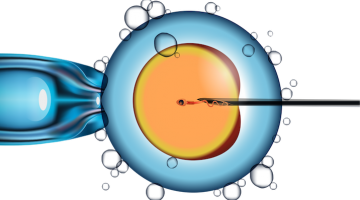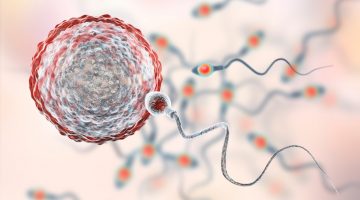Do You Really Need Bed Rest After an Embryo Transfer?

Traditionally, bed rest has been recommended for women after any medical procedure. For instance, after delivery of a baby, women were prescribed 6 weeks of bed rest until it was ultimately proven that that inactivity increased their risk of DVT (blood clots in the deep veins). Even though bed rest had been encouraged with good intentions; it did not result in the best outcome. Nonetheless, it is challenging to reverse widely accepted but unhelpful advice.
In the early days of IVF, women were restricted to bed rest for 2 weeks after an embryo transfer. In fact, patients were not even allowed to stand up for quite some time after the procedure. Instead, they were transported to a hospital gurney and relocated to a hospital bed—even using a bedpan when required instead of going to the toilet. Despite IVF science having come a long way, IVF culture still takes root and holds on to some ways of the past. Now that IVF has been around for over 3 decades, it is time to review how we advise patients going through treatment and reconsider whether bed rest is still advisable.
So . . . Do you Need Bed Rest After an Embryo Transfer?
Simply put, No. Over time, it gradually became apparent that such a severe limitation wasn’t needed. To help convince you, let’s consider a few of the most prominent studies that have shown best rest is truly not needed after a fresh or Frozen Embryo Transfer.
- Back in 1997, the first study [r1] appeared suggesting that even a 24 hour period of bed rest was unnecessary. Specifically, they demonstrated that even when patients were only limited to 20 minutes of activity restriction; pregnancy rates were comparable.
- Subsequently, in 2005 a much larger [r2] and well-designed study found that when patients were allowed to get up immediately after their embryos were placed; their pregnancy rates were as good as patients that were asked to lie flat for an hour.
- Finally, a 2011 review [r3] of all of the published research on this subject confirmed that there is no advantage to bed rest and instead of that there may be a disadvantage to being totally sedentary.
Why you don’t need bed rest after an embryo transfer?
The main reason inactivity and bed rest isn’t needed after an embryo transfer is simple. Inactivity, combined with high levels of estrogen can promote blood clot formation as well as a rise in insulin resistance. These blood clots can impede blood flow critical to embryonic and fetal development. By contrast, light exercise reduces inflammation, lowers stress hormone levels and promotes healthy blood flow.
What about activity during pregnancy?
During pregnancy, there has also been a reversal of the popular myth that exercise should be limited. In 2008, the US Department of Health and Human Services issued comprehensive guidelines that healthy women should begin or continue aerobic exercise of moderate intensity during pregnancy.
- In fact, it was confirmed in a well-designed study [r4] that both mother and baby benefit from aerobic workouts. Despite the research, it is difficult to dispel advice from popular culture.
- It was even found in one study [r5] that when IVF patients were advised by their doctors to remain active; most still restricted their daily activity.
So as we look for ways to further boost our pregnancy rates and improve the health of the pregnancies that result it is important that we constantly re-evaluate how we guide women following IVF.
Call our toll-free number at 844-315-2229 or request a consult here.
———————————
[r1]Link to http://humrep.oxfordjournals.org/content/12/11/2489.abstract
[r2]Link to http://www.ncbi.nlm.nih.gov/pubmed/15749486
[r3]Link to http://www.ncbi.nlm.nih.gov/pubmed/21300426
[r4]Link to http://journals.lww.com/greenjournal/Fulltext/2012/03000/Exercise_During_Pregnancy__Fetal_Responses_to.17.aspx
[r5]Link to http://www.ncbi.nlm.nih.gov/pubmed/11393126






